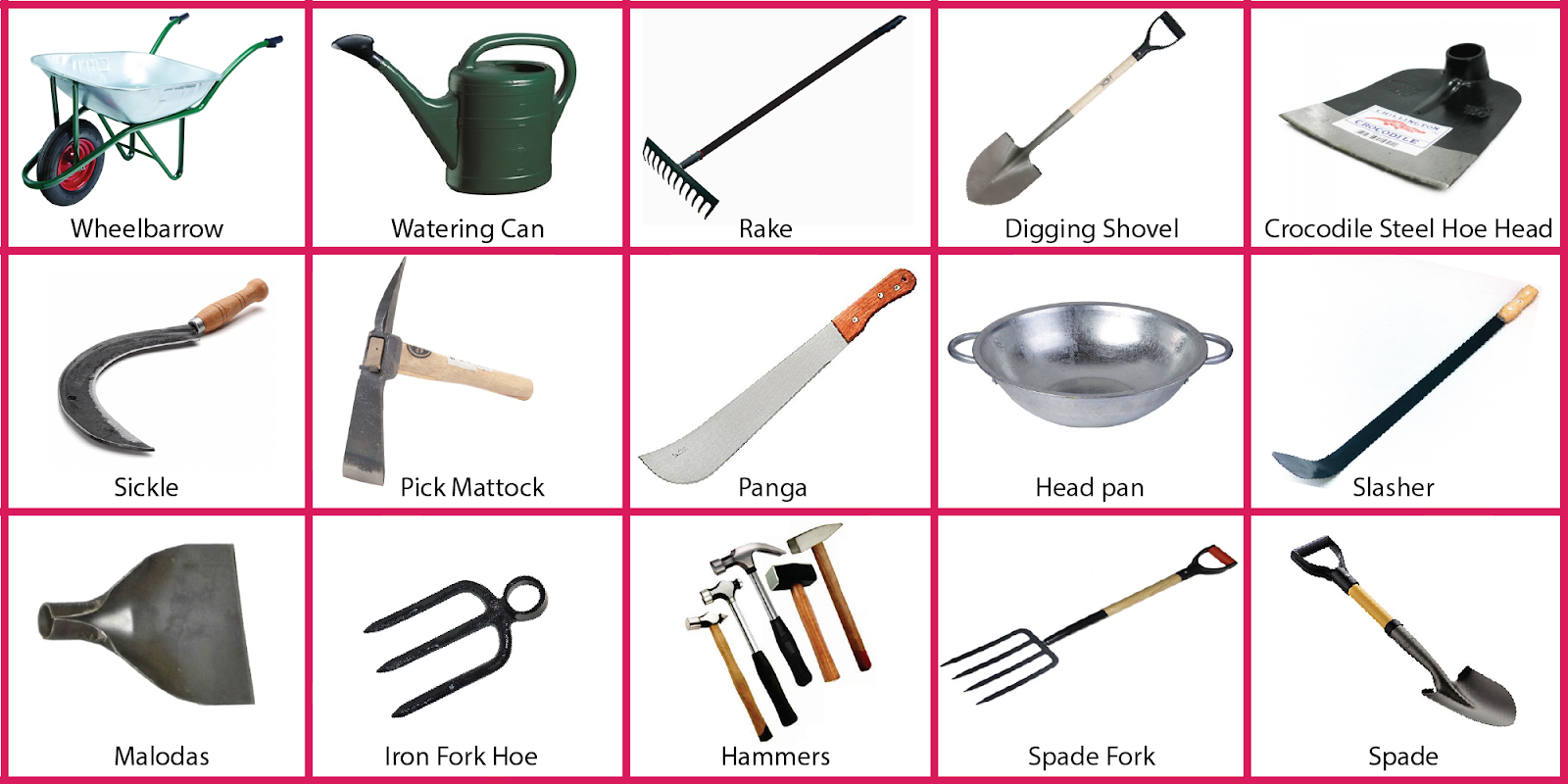Farming is an age-old profession that has evolved significantly over the centuries, and at the heart of this evolution lies a variety of essential tools. Understanding the different types of farm tools is crucial for any farmer looking to enhance productivity, efficiency, and sustainability in their farming practices. From simple hand tools to advanced machinery, each tool serves a specific purpose and contributes to the overall success of agricultural activities. As technology continues to develop, the range of tools available has expanded, incorporating innovative designs that make farming easier and more effective. Whether you are a seasoned farmer, a budding agriculturalist, or simply someone interested in the farming world, knowing about these tools can provide valuable insights into the agricultural processes.
In this article, we will delve into the various types of farm tools, categorize them based on their functions, and discuss their importance in modern farming. Understanding these tools will not only help in making informed purchasing decisions but also in appreciating the craftsmanship and technology that goes into their design. Join us as we explore the essential types of farm tools that have shaped the farming landscape.
From traditional hand tools to modern equipment, the types of farm tools are vast and varied, each playing a pivotal role in the farming ecosystem. Let’s dive deeper into the world of agriculture and uncover the tools that make farming possible.
What are the Main Categories of Farm Tools?
Farm tools can be divided into several categories based on their purpose and functionality. Understanding these categories can help farmers choose the right tools for their specific needs. Here are the primary categories of farm tools:
- Hand Tools
- Power Tools
- Machinery
- Irrigation Tools
- Planting Tools
- Harvesting Tools
What are Hand Tools and Their Importance?
Hand tools are the simplest and most traditional types of farm tools. They require manual effort and are essential for various farming tasks. Some of the most common hand tools include:
- Shovels: Used for digging and moving soil.
- Rakes: Help in leveling soil and gathering debris.
- Hoes: Ideal for weeding and cultivating soil.
- Pruning Shears: Used for trimming plants and trees.
Hand tools are crucial for small-scale farmers and gardeners, allowing them to perform precise tasks without the need for large machinery.
How Do Power Tools Enhance Farming Efficiency?
Power tools have revolutionized farming by increasing efficiency and reducing manual labor. These tools are powered by electricity or fuel and can significantly speed up various tasks. Some popular power tools include:
- Rototillers: Used for soil preparation.
- Chainsaws: Ideal for cutting trees and large branches.
- Electric Fencing Tools: Help in managing livestock.
The use of power tools allows farmers to cover larger areas in less time, making them indispensable in modern agriculture.
What Types of Machinery Are Common in Agriculture?
Machinery plays a vital role in large-scale farming operations. These types of farm tools are designed to handle heavy-duty tasks that would be impossible or very labor-intensive with hand tools. Common types of machinery include:
- Tractors: Versatile machines used for various tasks like plowing, tilling, and hauling.
- Harvesters: Used for efficiently gathering crops.
- Plows: Essential for turning and preparing soil.
Investing in the right machinery can lead to increased productivity and reduced operational costs for farmers.
What Role Do Irrigation Tools Play in Farming?
Irrigation tools are crucial for ensuring that crops receive adequate water, especially in areas with limited rainfall. Some common irrigation tools include:
- Drip Irrigation Systems: Deliver water directly to the roots.
- Sprinklers: Disperse water over a large area.
- Water Pumps: Used to move water from a source to the fields.
Effective irrigation tools can lead to healthier crops and increased yields, making them essential in modern farming practices.
How Do Planting Tools Facilitate Crop Growth?
Planting tools are designed to assist farmers in sowing seeds and ensuring proper plant growth. Some common planting tools include:
- Seeders: Used for planting seeds at the correct depth and spacing.
- Transplanters: Help in moving seedlings from trays to the field.
Utilizing the right planting tools can significantly enhance crop establishment and growth rates.
What Are the Essential Harvesting Tools?
Harvesting tools are crucial for gathering crops once they are ready for collection. Some essential harvesting tools include:
- Scythes: Used for cutting grass and grain.
- Harvesting Knives: Ideal for gathering fruits and vegetables.
- Combines: Advanced machines that can harvest, thresh, and clean crops.
Choosing the right harvesting tools is vital for maximizing yield and minimizing crop loss during harvest time.
What Are the Innovative Types of Farm Tools Emerging Today?
The agricultural industry is continuously evolving, leading to the emergence of innovative farm tools designed to improve efficiency and sustainability. Some of the innovative types of farm tools include:
- Drone Technology: Used for monitoring crop health and applying pesticides.
- Smart Irrigation Systems: Utilize sensors to optimize water usage.
- Robotic Harvesters: Automate the harvesting process.
These innovative tools not only enhance productivity but also contribute to sustainable farming practices, ensuring a healthier environment for future generations.
Conclusion: The Future of Farm Tools
The types of farm tools available today are diverse and essential for modern agriculture. From traditional hand tools to advanced machinery, each tool plays a significant role in enhancing productivity and sustainability in farming. As technology continues to advance, it is crucial for farmers to stay informed about the latest tools and innovations in the industry. Investing in the right types of farm tools can lead to increased efficiency, reduced labor costs, and ultimately, a more successful farming operation.


